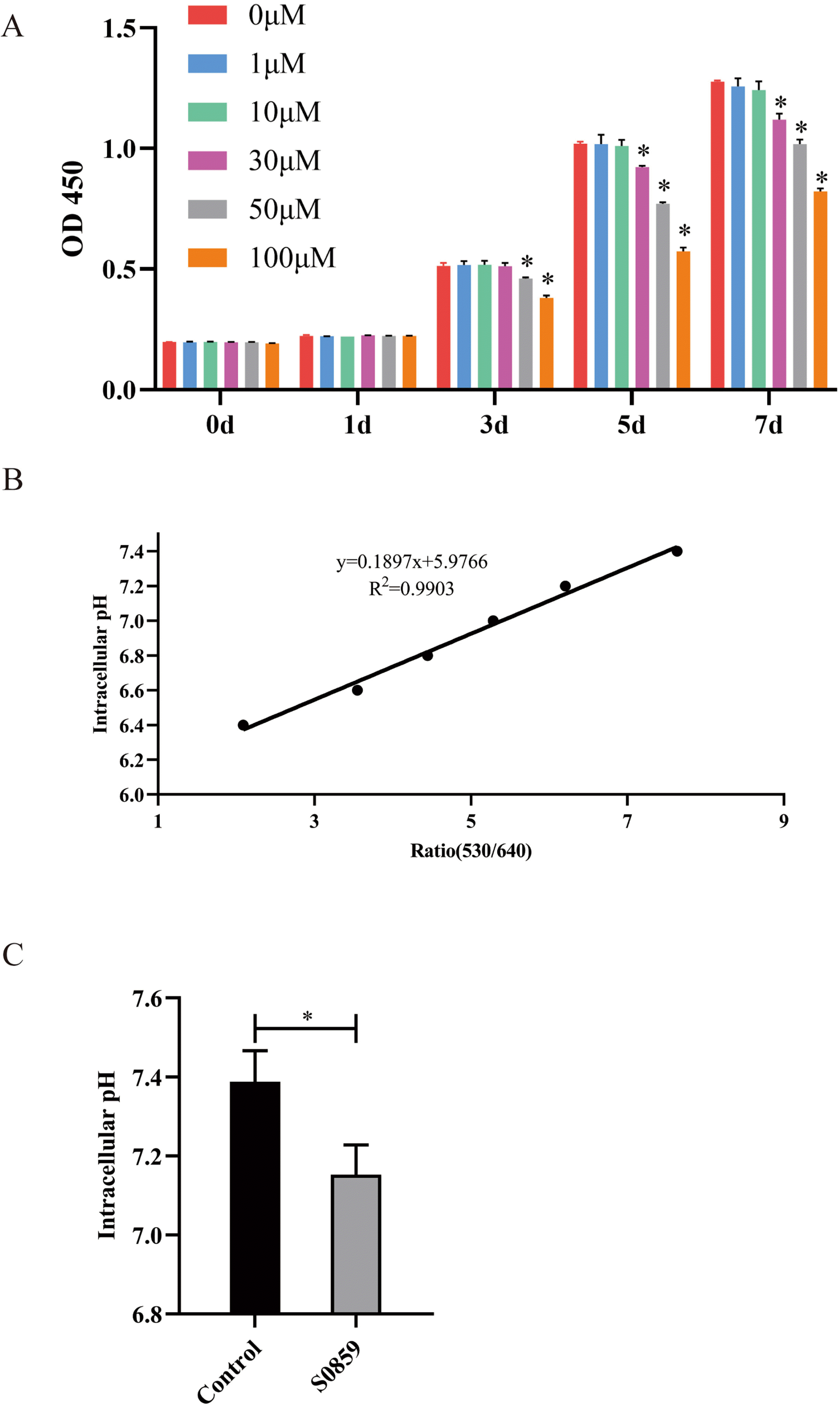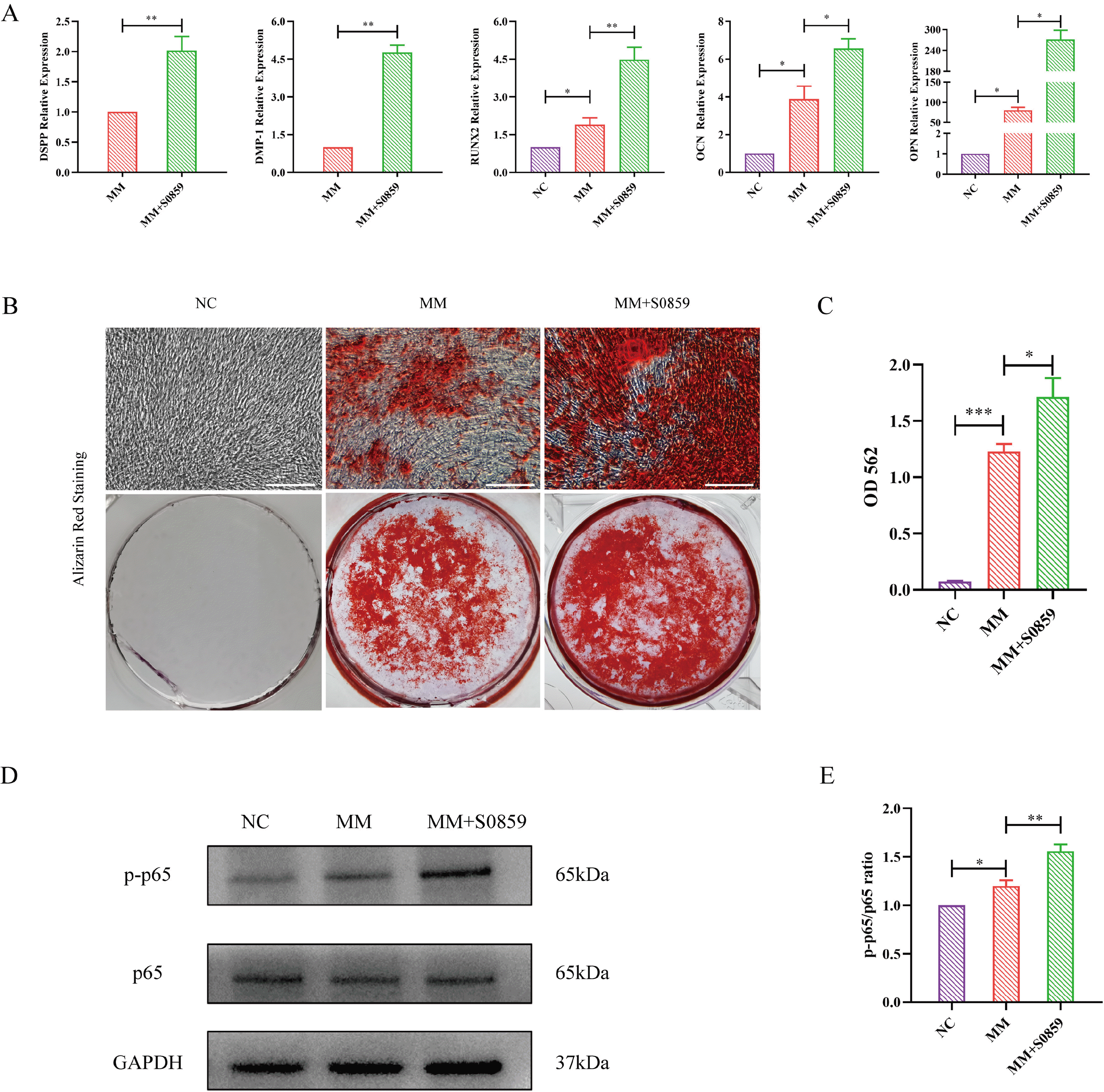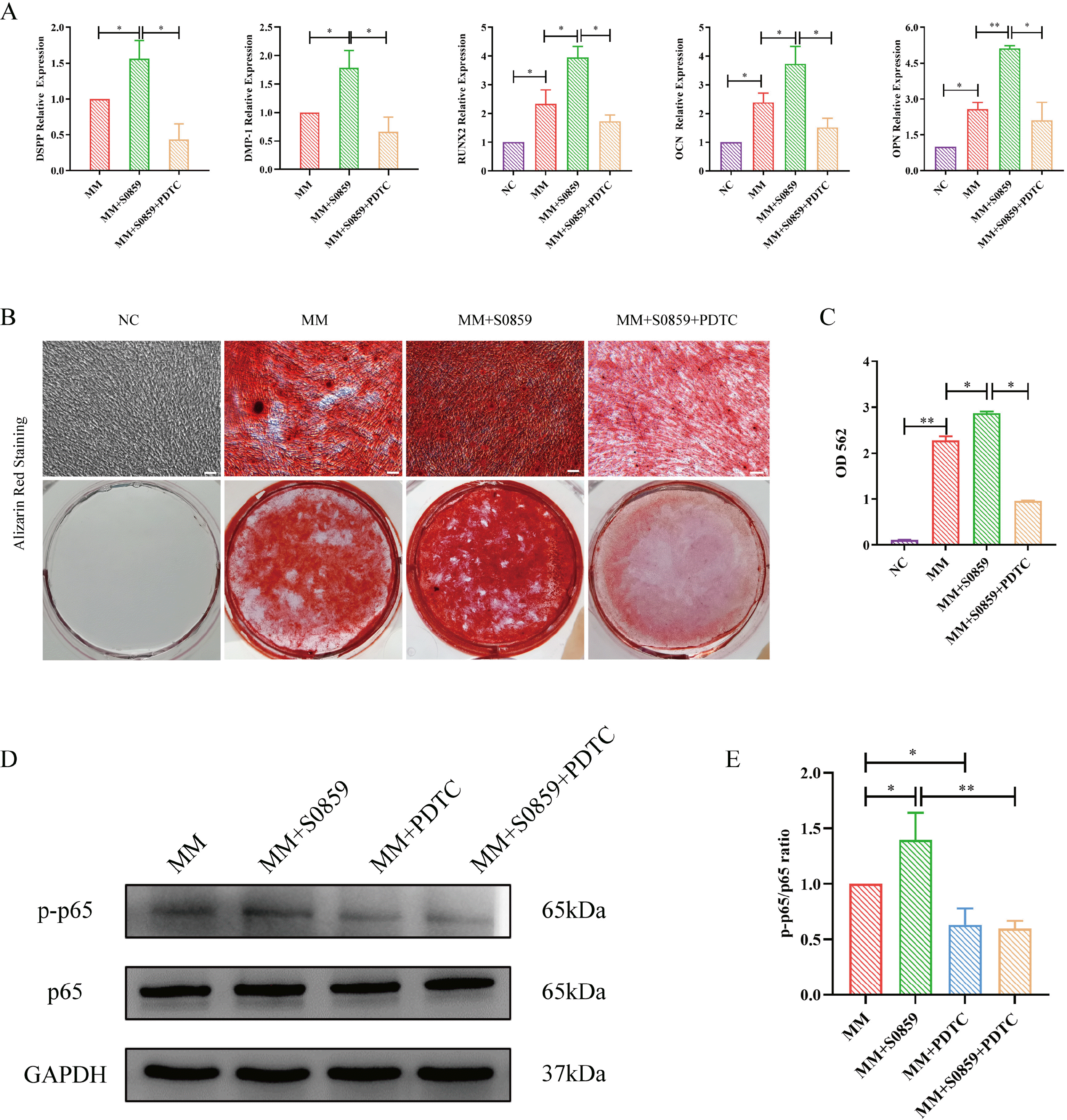18. Lacruz RS, Nanci A, White SN, Wen X, Wang H, Zalzal SF, Luong VQ, Schuetter VL, Conti PS, Kurtz I, Paine ML. 2010; The sodium bicarbonate cotransporter (NBCe1) is essential for normal development of mouse dentition. J Biol Chem. 285:24432–24438. DOI:
10.1074/jbc.M110.115188. PMID:
20529845. PMCID:
PMC2915679. PMID:
https://www.scopus.com/inward/record.uri?partnerID=HzOxMe3b&scp=77955302357&origin=inward.

24. Sonoda S, Mei YF, Atsuta I, Danjo A, Yamaza H, Hama S, Nishida K, Tang R, Kyumoto-Nakamura Y, Uehara N, Kukita T, Nishimura F, Yamaza T. 2018; Exogenous nitric oxide stimulates the odontogenic differentiation of rat dental pulp stem cells. Sci Rep. 8:3419. DOI:
10.1038/s41598-018-21183-6. PMID:
29467418. PMCID:
PMC5821879. PMID:
https://www.scopus.com/inward/record.uri?partnerID=HzOxMe3b&scp=85042384991&origin=inward.

25. Feng X, Feng G, Xing J, Shen B, Li L, Tan W, Xu Y, Liu S, Liu H, Jiang J, Wu H, Tao T, Gu Z. 2013; TNF-α triggers osteogenic differentiation of human dental pulp stem cells via the NF-κB signalling pathway. Cell Biol Int. 37:1267–1275. DOI:
10.1002/cbin.10141. PMID:
23765556. PMID:
https://www.scopus.com/inward/record.uri?partnerID=HzOxMe3b&scp=84888430727&origin=inward.

28. Lu YC, Chen H, Fok KL, Tsang LL, Yu MK, Zhang XH, Chen J, Jiang X, Chung YW, Ma AC, Leung AY, Huang HF, Chan HC. 2012; CFTR mediates bicarbonate-dependent activation of miR-125b in preimplantation embryo development. Cell Res. 22:1453–1466. DOI:
10.1038/cr.2012.88. PMID:
22664907. PMCID:
PMC3463266. PMID:
https://www.scopus.com/inward/record.uri?partnerID=HzOxMe3b&scp=84867045888&origin=inward.









 PDF
PDF Citation
Citation Print
Print



 XML Download
XML Download